Disclosure: This article contains affiliate links. We may earn a commission from purchases at no extra cost to you, which helps our travel content.
When I first wandered through Pecs (pronounced 'paych'), I was immediately struck by how this small Hungarian city wears its 2,000 years of history like an elegantly designed tapestry. As someone who's spent years analyzing how design principles manifest across cultures, I found Pecs to be a masterclass in historical layering—Roman foundations supporting Ottoman domes, all wrapped in Hapsburg-era architecture. While Budapest gets the spotlight, this UNESCO World Heritage city offers couples a perfect cultural weekend that feels both intimate and expansive. Let me guide you through the ancient Roman heritage that makes Pecs so special.
Early Christian Necropolis: A UNESCO Underground Marvel
My design-trained eye was immediately drawn to the geometric precision of the Early Christian Necropolis, a UNESCO World Heritage site dating back to the 4th century. What appears modest from street level reveals itself as an extraordinary underground network of burial chambers adorned with some of the earliest Christian frescoes in Europe.
During my visit with my friend Elena last spring, we joined a small guided tour (book in advance during peak seasons) that took us through dimly lit corridors where biblical scenes painted in rich earth tones have survived sixteen centuries. The burial chambers feature remarkably preserved murals depicting biblical stories like Daniel in the lions' den and Jonah and the whale.
What struck me most was how the Roman artisans used design principles that still resonate today—creating visual hierarchies through color and scale, guiding the viewer's eye through narrative sequences. I spent nearly an hour sketching the geometric patterns that frame these ancient images, noting how they influenced later Byzantine designs I'd documented in Turkey.
Before visiting, I downloaded the Pecs Audio Guide to my phone, which provided excellent historical context while leaving my hands free for photography and sketching.
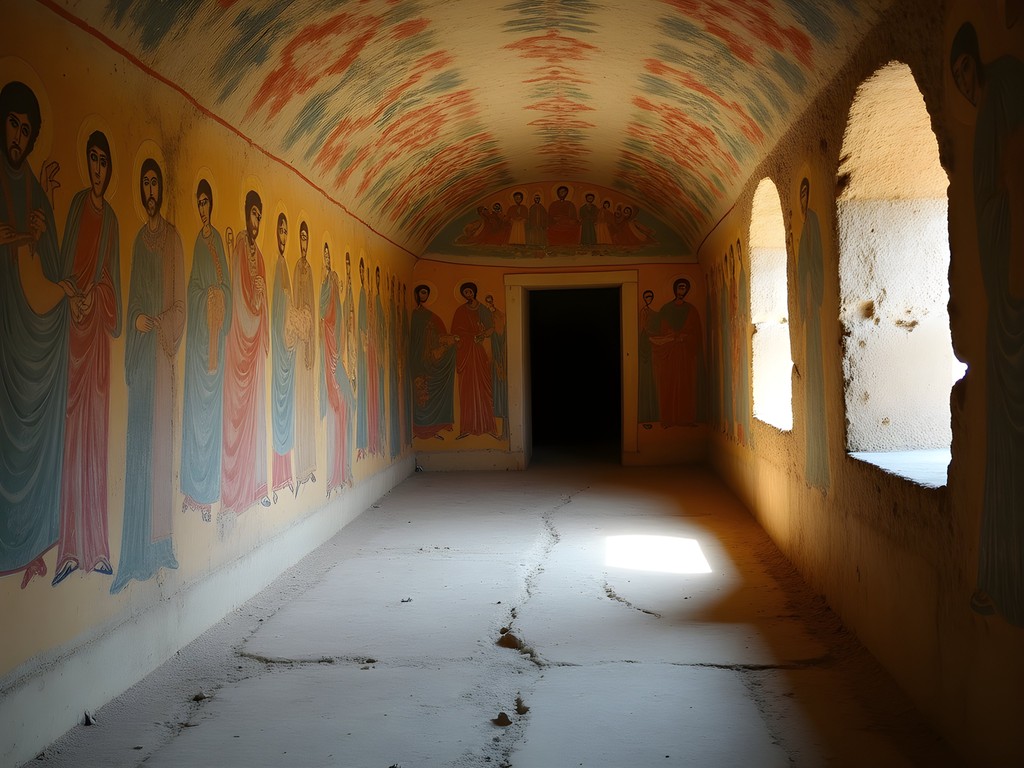
💡 Pro Tips
- Purchase tickets online to avoid queues, especially on weekends
- Bring a light jacket even in summer—it's consistently cool underground
- Photography is permitted without flash, but a compact tripod helps in the low light conditions
Cella Septichora: The Seven-Apsed Wonder
The jewel of Pecs' Roman heritage is undoubtedly the Cella Septichora, a unique seven-apsed structure that represents the pinnacle of early Christian architectural innovation. When I visited with my husband during our anniversary trip, we timed our arrival for late afternoon when the slanting sunlight through the modern glass roof creates a magical interplay with the ancient stones below.
What makes this site particularly special is the modern architectural intervention—a brilliant example of contemporary design enhancing rather than competing with historical elements. The glass walking surfaces allow visitors to literally hover above history, creating what designers call a 'layered user experience.'
I was fascinated by the acoustic properties of the space. Standing in the center of the seven apses creates a surprising amplification effect—something the original architects surely understood about sound design. My husband and I whispered to each other from opposite sides of the chamber and could hear perfectly, a moment of connection across the space that felt symbolic of our journey together.
The visitor center includes excellent multilingual displays explaining the burial rituals and symbolic meanings of the space. I found my pocket binoculars invaluable for examining ceiling details that would otherwise be missed.
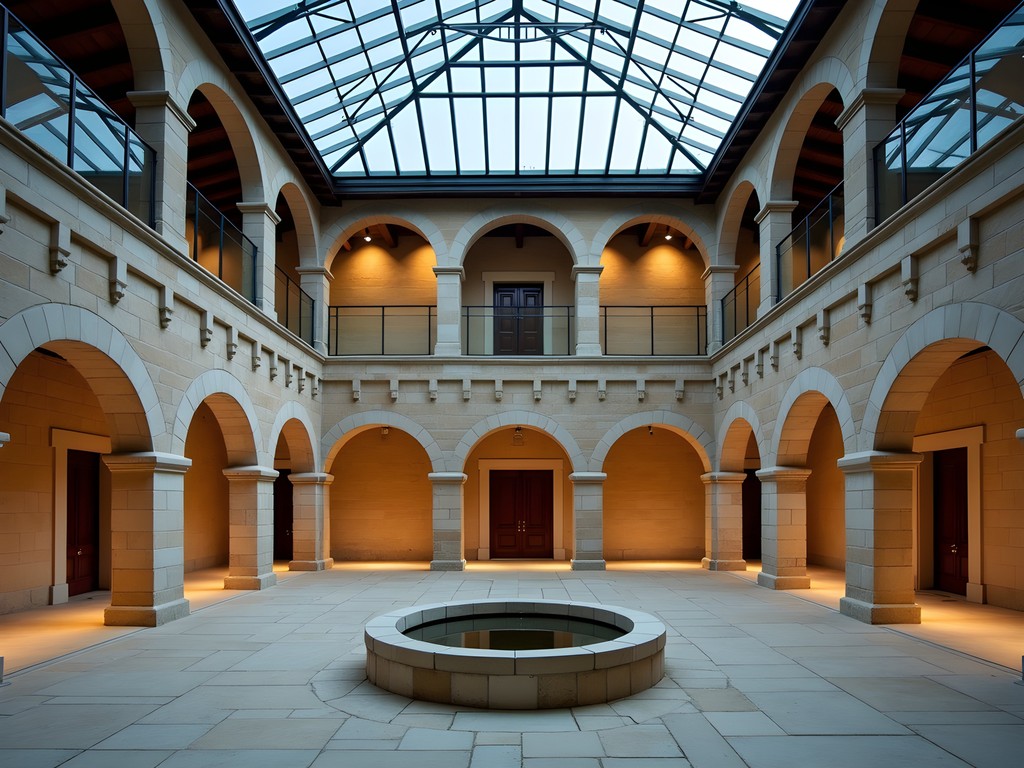
💡 Pro Tips
- Visit late afternoon for the best lighting conditions
- Take advantage of the combined ticket that includes all Roman sites
- The glass floors can be slippery when wet, so wear shoes with good traction
The Cathedral of St. Peter and Paul: Roman Foundations, Medieval Glory
While not purely Roman, the Cathedral of St. Peter and Paul stands on the foundations of a 4th-century Roman cemetery and later early Christian basilica. My design sensibilities were immediately drawn to how the building narrates Hungary's history through architectural elements—Roman foundations supporting Romanesque walls, Gothic chapels, and Renaissance details.
During my visit last autumn, I was fortunate to arrive during a chamber music rehearsal. The acoustics—a result of thoughtful medieval design principles—transformed Bach into something transcendent. I sat sketching the interior for nearly an hour, noting how the light changed as clouds passed overhead.
The cathedral's crypt contains visible Roman elements, and the surrounding archaeological area reveals layers of history through expertly designed exhibition spaces. What impressed me most was how the modern curators used lighting design to highlight different historical periods—cool blues for Roman elements, warmer ambers for medieval features.
For photography enthusiasts like myself, the cathedral presents both challenges and rewards. I found my camera lens filter kit essential for managing the dramatic light contrasts between the bright windows and shadowed interiors.

💡 Pro Tips
- Check the cathedral website for concert schedules—experiencing music in the space adds another dimension
- Visit early morning to avoid tour groups and enjoy the eastern light through the stained glass
- Look for the small Roman stones repurposed in the medieval walls—a perfect example of sustainable design across millennia
Pecs Roman Villa and Early Christian Mausoleum
Just outside the city center lies a less-visited but equally fascinating site—the remains of a Roman villa with an attached early Christian mausoleum. What makes this site special is how it demonstrates the transition from pagan Roman life to early Christianity within a single household.
When I visited with friends last summer, we practically had the place to ourselves. The site features remarkably preserved mosaic floors with geometric patterns that could easily inspire contemporary textile designs (something I immediately sketched into my travel journal for future reference).
The mausoleum contains subtle Christian symbols integrated into traditional Roman decorative elements—a visual representation of cultural transition that speaks volumes about how design evolves during periods of social change. As someone who's studied how visual communication adapts across cultural boundaries, I found this site particularly meaningful.
The on-site museum displays artifacts from daily Roman life in Pannonia (the Roman name for this region), including jewelry, cookware, and building materials. What fascinated me was seeing how Roman design principles—proportion, balance, and attention to detail—manifested even in everyday objects.
After exploring the villa, we enjoyed a picnic in the adjacent garden where interpretive signs explain the types of plants Romans would have cultivated. The insulated water bottle I always travel with kept our drinks perfectly chilled despite the summer heat.

💡 Pro Tips
- Visit early or late in the day when the low angle of sunlight makes the mosaic patterns more visible
- The site is partially outdoors, so check weather forecasts and bring sun protection
- Combine with a visit to the nearby Zsolnay Cultural Quarter to contrast ancient and 19th-century design aesthetics
Barbican and City Walls: Roman Foundations, Medieval Evolution
While primarily medieval in their current form, Pecs' defensive walls incorporate substantial Roman elements, particularly in their foundations. During my second visit to the city, I participated in an architectural walking tour that revealed how Roman building techniques influenced later fortifications.
The Barbican (a fortified gateway) offers perhaps the most visible example of this architectural continuity. Our guide pointed out the distinctive Roman bonding patterns in the lower sections—a technical detail I might have missed without expert interpretation. What's fascinating is how medieval builders respected and built upon Roman engineering principles rather than replacing them.
I spent a pleasant afternoon sketching the walls from different angles, noting how the defensive architecture created compelling visual rhythms through repetition and contrast. For fellow sketchers, I recommend bringing a travel watercolor set to capture the subtle color variations in the ancient stones.
The walking path along the walls offers excellent views of both the historical center and surrounding hills. My friend Elena and I timed our walk for sunset, when the golden light transformed the limestone walls into a photographer's dream. We found a small wine bar nearby afterward where we discussed how Roman urban planning principles continue to shape European cities today.

💡 Pro Tips
- The architectural walking tour (available through the tourist office) provides context you won't get from guidebooks alone
- Wear comfortable shoes—the full walls circuit involves some uneven terrain and steps
- Visit the small archaeological display near the northern gate for artifacts discovered during wall restoration
Pecs Archaeological Museum: Context and Treasures
No exploration of Pecs' Roman heritage would be complete without visiting the Archaeological Museum, housed in a beautifully renovated historical building near Széchenyi Square. While not a Roman site itself, the museum provides essential context for understanding the city's ancient layers.
During my visit, I was particularly impressed by the museum's thoughtful exhibition design. Interactive displays allow visitors to virtually "excavate" different historical periods, while carefully positioned lighting highlights the craftsmanship of Roman artifacts. As someone who designs educational experiences professionally, I appreciated how the museum balances information accessibility with visual appeal.
The collection includes remarkable Roman glassware that has survived nearly two millennia, intricate jewelry showing surprising stylistic connections to modern designs, and everyday objects that humanize ancient residents. I spent nearly an hour examining the architectural models showing how Sopianae (Roman Pecs) would have appeared during different periods.
The museum offers excellent multilingual information, but I found the audio guide provided helpful additional context about Roman life in Pannonia province. The museum shop also offers high-quality replicas of Roman designs that make meaningful souvenirs beyond the typical tourist fare.
After exploring the exhibits, my husband and I enjoyed coffee in the museum's courtyard café, where we could sketch some of the stone artifacts displayed in the garden while discussing how Roman aesthetic principles continue to influence contemporary design.

💡 Pro Tips
- Purchase the combined ticket that includes both the museum and archaeological sites for significant savings
- Tuesday mornings tend to be quietest for a more contemplative experience
- Don't miss the small but excellent exhibition on Roman surveying and urban planning techniques on the upper floor
Széchenyi Square: The Roman Forum Beneath Your Feet
Pecs' main square, the elegant baroque Széchenyi Square, conceals a fascinating secret—it sits directly atop the Roman forum, the ancient city's political and commercial heart. While enjoying an espresso at one of the square's charming cafés, I couldn't help but imagine the Roman citizens who gathered for markets and political discussions on this exact spot two millennia ago.
During recent renovations, archaeologists discovered significant Roman remains beneath the square. Rather than hiding these findings, city planners incorporated viewing windows into the modern pavement—a brilliant design solution that connects present and past. Through these glass panels, visitors can glimpse fragments of Roman foundations while contemporary life continues above.
I spent a pleasant evening sketching the square's baroque buildings while contemplating this layering of history. The portable sketching stool I always pack proved invaluable for comfortable urban sketching sessions.
The tourist office on the square offers excellent free maps highlighting Roman sites throughout the city, including some lesser-known locations not covered in standard guidebooks. I was particularly charmed by the small bronze model of Roman Sopianae installed near the northern edge of the square, which helps visitors visualize the ancient city layout.
Don't miss the opportunity to visit at different times of day—morning brings local residents going about their business much as their Roman predecessors would have, while evenings transform the space into a social gathering spot illuminated by thoughtfully designed lighting that subtly highlights historical elements.

💡 Pro Tips
- Look for the glass panels in the pavement revealing Roman foundations—they're easy to miss if you're not paying attention
- The tourist office offers specialized Roman heritage maps not available online
- For the best photos of the square without crowds, arrive before 8am when the morning light is also most flattering
Final Thoughts
As my husband and I shared a final glass of local wine at a café overlooking Széchenyi Square on our last evening in Pecs, I reflected on how this compact city offers such a profound connection to Roman heritage without the overwhelming crowds of more famous destinations. What makes Pecs special isn't just the preservation of its ancient sites, but how thoughtfully they've been integrated into contemporary life—a lesson in cultural continuity that resonates with my own design philosophy.
For couples seeking a meaningful weekend escape, Pecs offers that rare combination of authentic historical immersion and modern comfort. The city's walkable scale encourages slow travel, while its layered history rewards curious visitors who take time to look beyond the surface. Whether you're sketching Roman mosaics, enjoying Hungarian cuisine in restaurants housed in buildings with Roman foundations, or simply wandering the streets that follow ancient pathways, Pecs offers a tangible connection to the empire that shaped European civilization.
I left with a sketchbook full of design inspirations spanning two millennia and a deeper appreciation for how thoughtfully preserved heritage can enhance rather than hinder modern life. As designers often say, knowing the rules of the past allows us to break them more intelligently in the present—a philosophy Pecs embodies beautifully in its approach to historical preservation.
✨ Key Takeaways
- Pecs offers intimate access to remarkable Roman sites without the crowds of more famous destinations
- The city excels at integrating ancient heritage into contemporary life through thoughtful design
- A weekend provides enough time to explore the major Roman sites while enjoying modern Hungarian culture
📋 Practical Information
Best Time to Visit
Spring (April-June) and fall (September-October) offer pleasant temperatures and fewer tourists
Budget Estimate
$120-180 per day for a couple including mid-range accommodation, meals, and site admissions
Recommended Duration
2-3 days to fully appreciate the historical sites at a relaxed pace
Difficulty Level
Easy - Most Sites Are Within Walking Distance In The Compact City Center

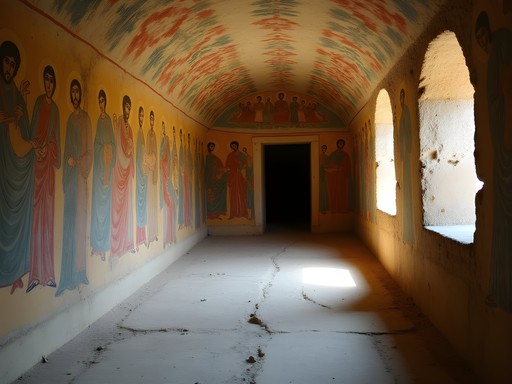


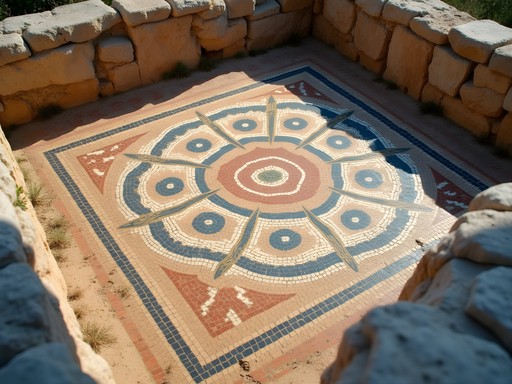
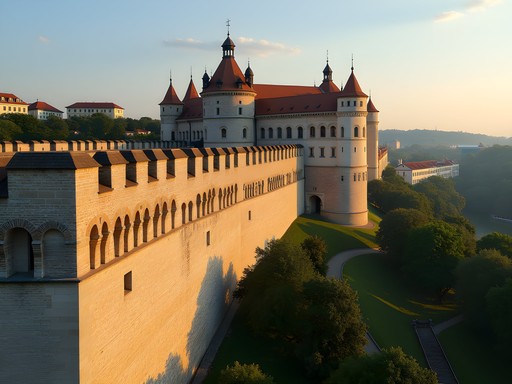
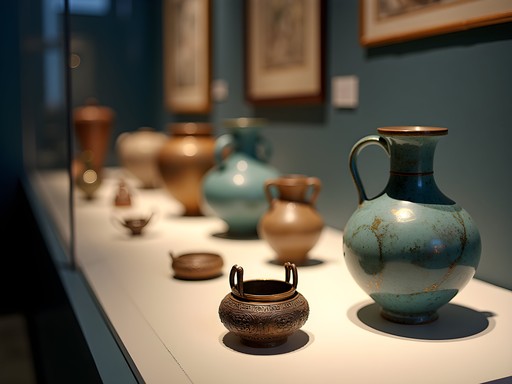


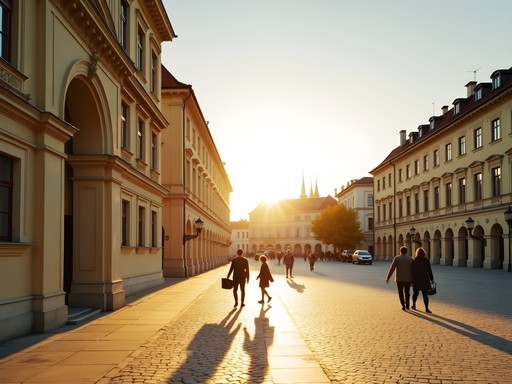
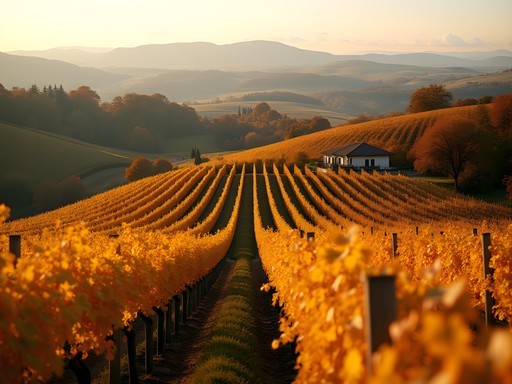






Comments
Riley Griffin
Maya, your post brought back wonderful memories of taking my kids (13 and 15) to Pecs last year! They're usually glued to their phones, but the Early Christian Necropolis completely captivated them. Something about standing in those ancient chambers really brings history to life in a way textbooks never could. My daughter still talks about the ancient Christian symbols she discovered in the burial paintings. One tip for families: the Zsolnay Cultural Quarter wasn't mentioned in your post, but it's just a short walk from the cathedral and has these amazing ceramic exhibitions plus interactive workshops where kids can make their own pottery. Perfect complement to all the historical sites when younger travelers need a break from ruins!
Maya Reyes
Riley, that's such a great suggestion! We actually visited the Zsolnay Quarter too but I couldn't fit everything into one post. You're right that it's perfect for mixing up the historical visits with something more hands-on!
journeybuddy
How did you get to Pecs from Budapest? Is public transportation reliable or should we rent a car?
Amit Sullivan
Not the author, but we took the train from Budapest and it was excellent - about 3 hours with beautiful countryside views. Comfortable, affordable and no parking hassles once you're in Pecs. The city center is very walkable.
journeybuddy
Thanks Amit! Train sounds perfect then. Appreciate the info!
wintertime
Just booked my tickets to Hungary for next spring! So excited to see these places after reading this!
wanderlustqueen
Is Pecs doable as a day trip from Budapest or better to stay overnight? Love these hidden historical gems!
smartguide
Definitely stay overnight! It's about 2.5 hours each way from Budapest, and you'll want at least a full day for the sites. Plus the evening atmosphere in Széchenyi Square is magical.
vacationlegend
Those photos of the underground chambers are STUNNING! Did you need special permission to take photos or is it allowed for all visitors?
Maya Reyes
Thank you! Regular photography without flash is allowed throughout most areas. Only the special exhibitions have restrictions.
dreambackpacker1543
Visited in September and it was perfect - fewer tourists than summer but still warm enough to enjoy outdoor cafes. Make sure to check opening hours for the necropolis as they changed recently. I used my pocket guidebook which had some great walking tours that connected all these Roman sites.
hikingmate
Just got back from Hungary last month and Pecs was the highlight of our trip!!! Everyone talks about Budapest (which was amazing too) but Pecs blew us away with its history. The Early Christian Necropolis was MIND-BLOWING - walking through those ancient burial chambers gave me chills! We also loved how walkable the city is. Pro tip: get the combined ticket for all the UNESCO sites, it saves a ton of money. And try the local fish soup at Enoteca Corso - perfect after a day of exploring!
happybackpacker
How many days would you recommend for seeing all these sites properly?
Maya Reyes
We spent 3 days and felt it was perfect - enough time to see everything without rushing!
dreamrider
Just got back from Pecs last week and your post is spot on! The Cathedral was undergoing some restoration but still absolutely stunning. The Roman ruins exceeded all expectations!
Douglas Bradley
Maya, excellent coverage of Pecs! I visited last year and was equally impressed by the Early Christian Necropolis. The preservation of those burial chambers is remarkable considering their age. What many visitors miss is the small exhibition room near the exit that explains the restoration process - absolutely fascinating how they've maintained the original frescoes. Did you notice how the lighting changes throughout the day in Cella Septichora? I found early morning visits provided the most atmospheric experience when the light filters through those ancient apertures.
Maya Reyes
Thanks Douglas! You're absolutely right about the morning light in Cella Septichora - it creates this almost mystical atmosphere. We didn't catch the restoration exhibit though - sounds like we'll need to make a return trip!
wintertime
Is the necropolis accessible for someone with mild mobility issues? Planning a trip with my mom next spring!
Douglas Bradley
@wintertime They've installed ramps and an elevator for most areas, though some of the smaller chambers have steps. I'd recommend calling ahead - the staff was incredibly accommodating when I visited with my partner who had a temporary knee injury.
Venture X
Premium card with 2X miles, $300 travel credit, Priority Pass